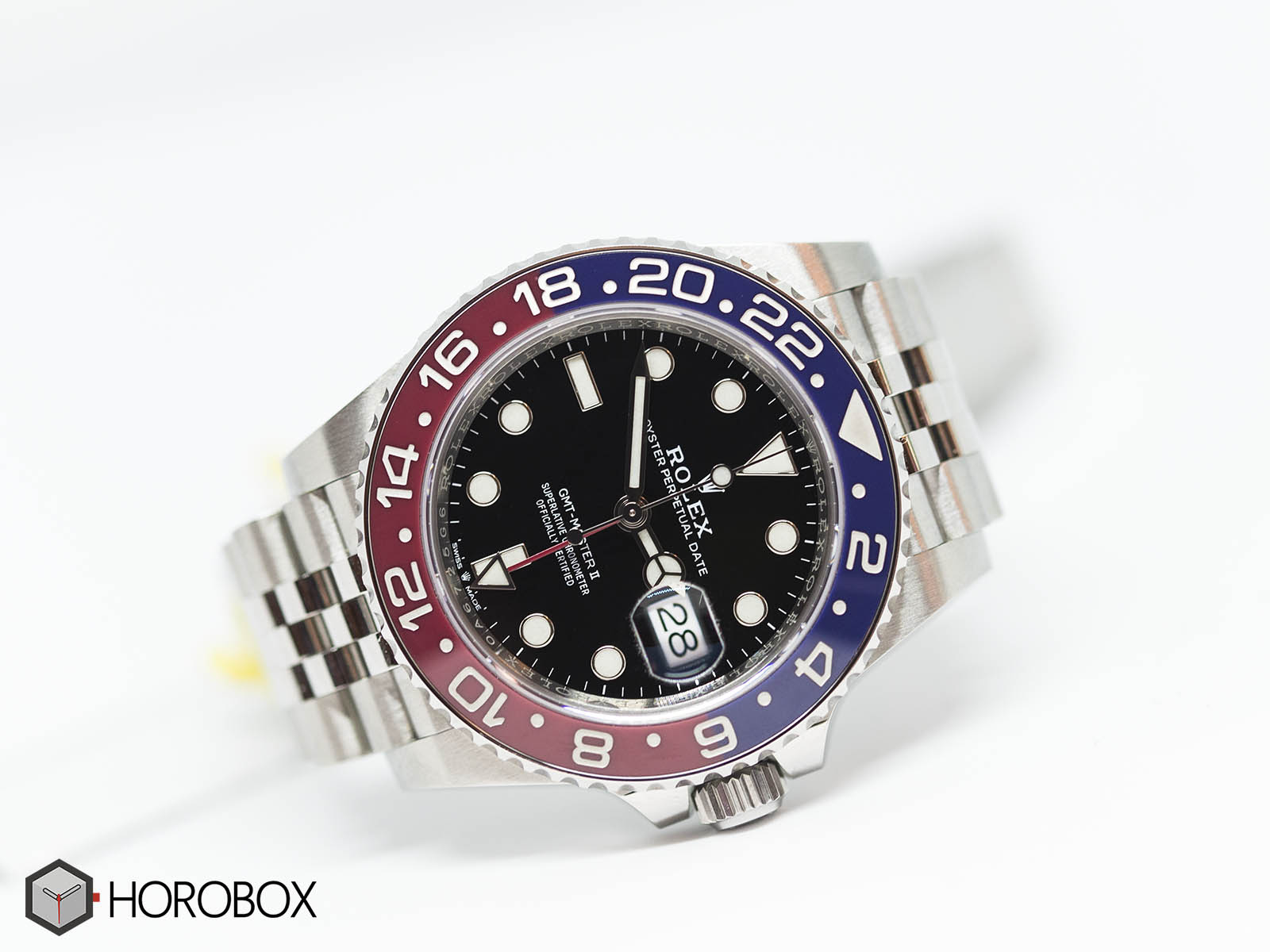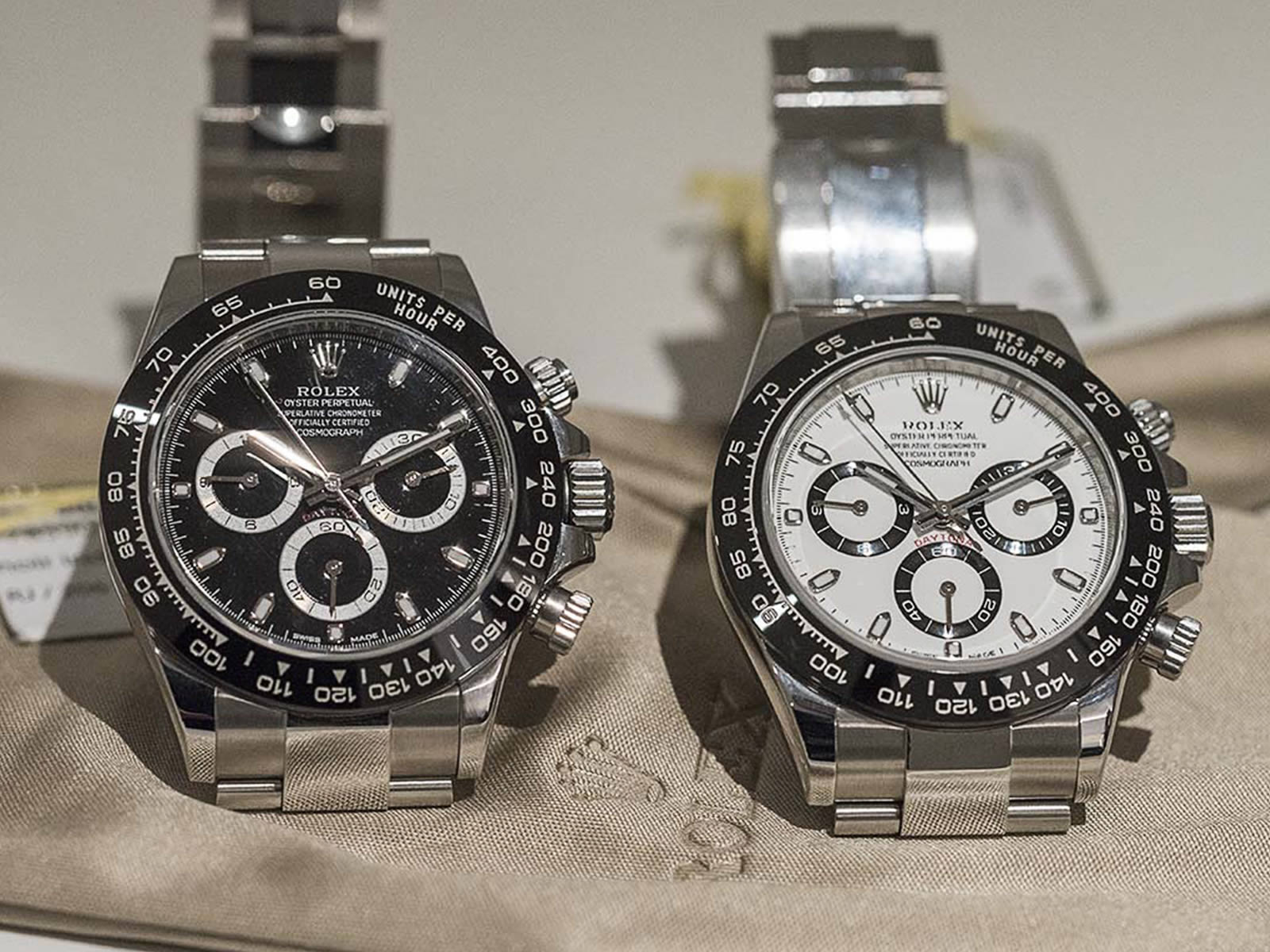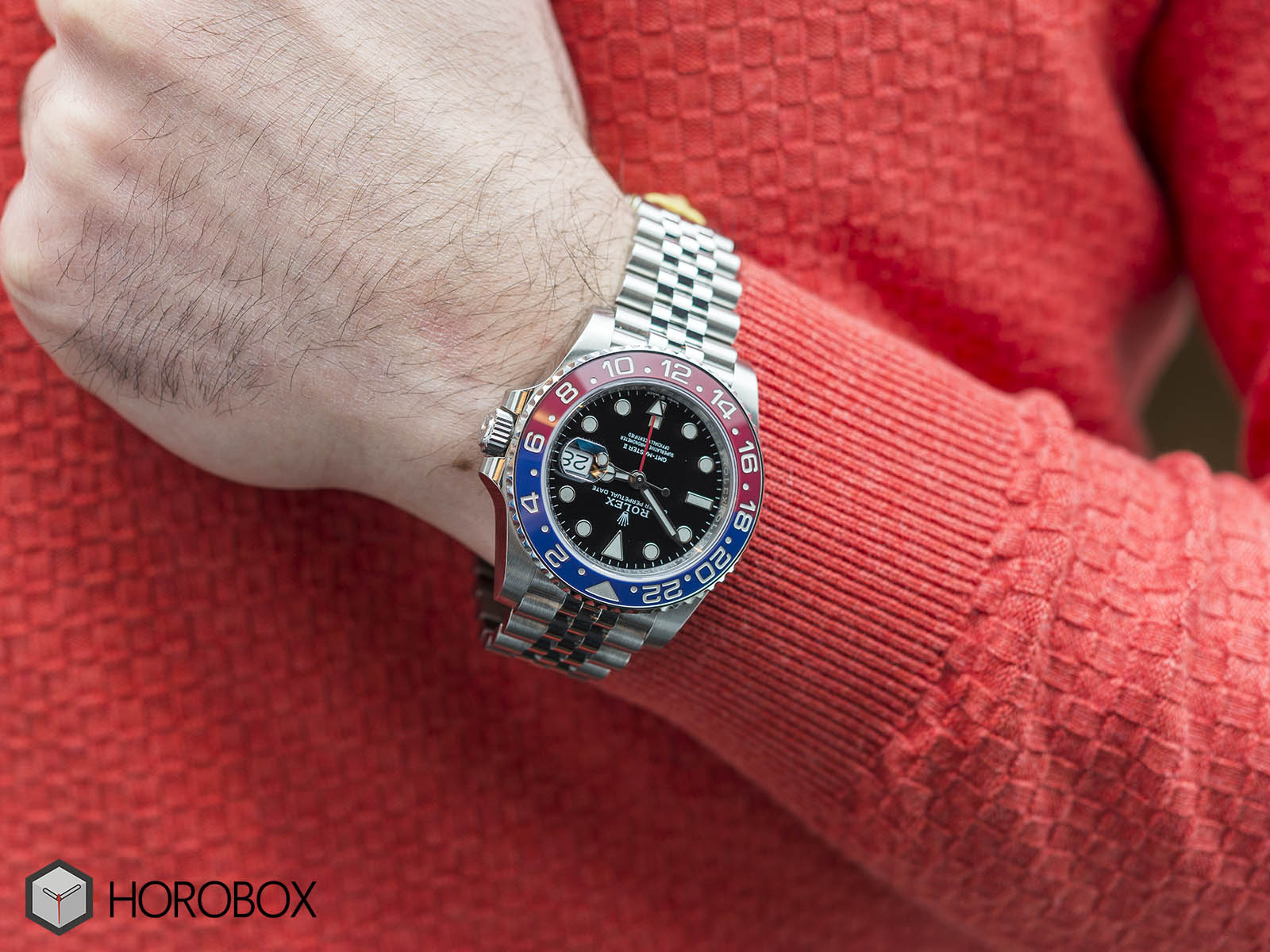
In today’s watch market, some models come into the agenda with their unavailability as well as their histories and designs. These timepieces split the world of watches into two with their waiting lists that can go up to years.
Think about a model that you have to wait for an indefinite time to reach it, or the person / dealer with the watch In hand demands an abnormally higher figure from the list price. What would be your reaction? Unfortunately, the number of such models is increasing every day. Moreover, manufacturers and dealers are very happy with this situation. I think there is only specific group of people that complains about this situation, the ones who could not get the watch they want yet.
Discounts made by the dealers in the world of luxury watches are quite common. I think we all encountered satisfactory discounts based on model-specific demand and sales strategies, we have all met with satisfactory discount rates. Therefore, let alone paying the actual MSRP, being unable to get the watch really bothers me. So, why are we now facing this situation which will not even come to our minds a few years ago?
It is an undeniable fact that the luxury consumption is barely related to logic. It is difficult to determine a real value when the object is more about the desires than simple needs. Especially when we take the brand factor into account, the situation becomes a jigsaw puzzle. Leaving the cost calculation aside, if we try to come to a conclusion by considering different variables such as the history, movements and production technologies of the luxury watches, it becomes hard to find rational reasons for the prices asked. Now, even if we agree to pay the actual MSRPs, let’s think about the scenarios where we cannot get the watch. Even annoying is not enough to explain the situation that we fall in. Within all these irrationalities, we encounter the artificial factors that determine the demand for those watches.
Let me explain what I meant by saying artificial factors. The value of a product is determined by the manufacturers and consumers. The aim of the manufacturer is to provide maximum profit by determining a reasonable price in exchange for a product or experience offered to the consumer. The consumer aims to reach a satisfactory experience or product in return for the requested price. The problem is that the product you intend to achieve is produced entirely in the manufacturer’s control and much less than the demand in line with the sales strategies but contrary to the nature of marketing. The number of customers is increasing every day. As a result, we are beginning to see the watches that change hands with astronomical re-sale figures. Now, what the heck is that? There are hundreds or even thousands of customers waiting in the line to get that watch at the boutique’s door, and the seller’s respond is; sorry but we don’t have it. We are sure that manufacturers are smarter than us, in fact sneakier. This is a little game made to make the product more special than it is and to make the lucky owners feel more special with their purchase. And we? We are the ones who are unable to get those watches. Or rather, we are the ones who are desperately waiting for our day to come.
Getting a Rolex GMT-Master 2 126710BLRO or Daytona 116500LN these days are probably harder than going to Mars. For the Patek Philippe Nautilus 5711, it is not possible to find a logical explanation for the years long waiting lists. It is not only the top brands by the way, it is possible to encounter similar situations in the models you would never expect. Seiko’s 2017 re-issue of Steve Jobs’s watch is being sold drastically more than its original MSRP.
Now let’s share some insider information. Starting from the Rolex example; you entered the boutique and told them that you would like to buy the GMT-Master 2 Pepsi, introduced in 2018. The respond will surely be; sorry but we don’t have it… There is no information about when it will arrive to the boutique as Rolex distributes these models of special interest watches to their dealers at randomly in terms of delivery time and quantity. After accepting the situation you are in, you have two options. The first one is asking to be notified upon the arrival of the model you are interested in and leave. The second is to offer a down payment or the total MSRP. Moreover, for a watch that you don’t have. And do not know when you will have… Because, you need to win the boutique’s favor. Otherwise, more special customers can pass in front of you. And they will. I hope you don’t think you’re going to be put in the same equation with a customer who buys dozens of watches a year. The result is an unhappy but hopeful customer while the manufacturers and the dealers enjoy the luxury of being able to sell all their products. The unavailability of watches happened due to this artificially created situation, can be turned into a scenario in favor of the producer. The unavailability and rarity increases as a natural result of not increasing the production numbers despite the high demand. Not to mention the increasing respect among the other customers and competitors.
I have no doubt that this artificial perception created especially in entry-level models of brands will be with us for many years. So how can we protect ourselves from this situation as a customer? The first option is not to shop for these models. Of course, this is not the best option in an area that is mostly driven by emotions. My tactic is to take another temporary watch with similar features after getting my name in the waiting list. I enjoy my second choice until the first one arrives. When the big day comes and I don’t have the enough budget to keep them both, I sell my second choice. Yes, I lose a bit of money with the resale of my second choice, but thanks to the speculatively increased value of my first choice, I am able to compensate my loss.
















